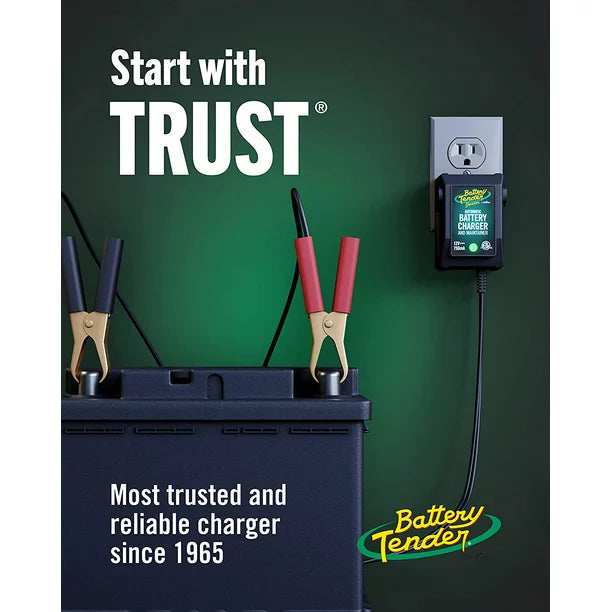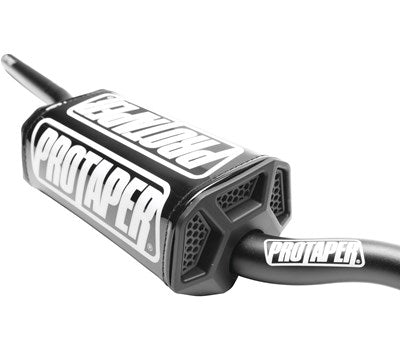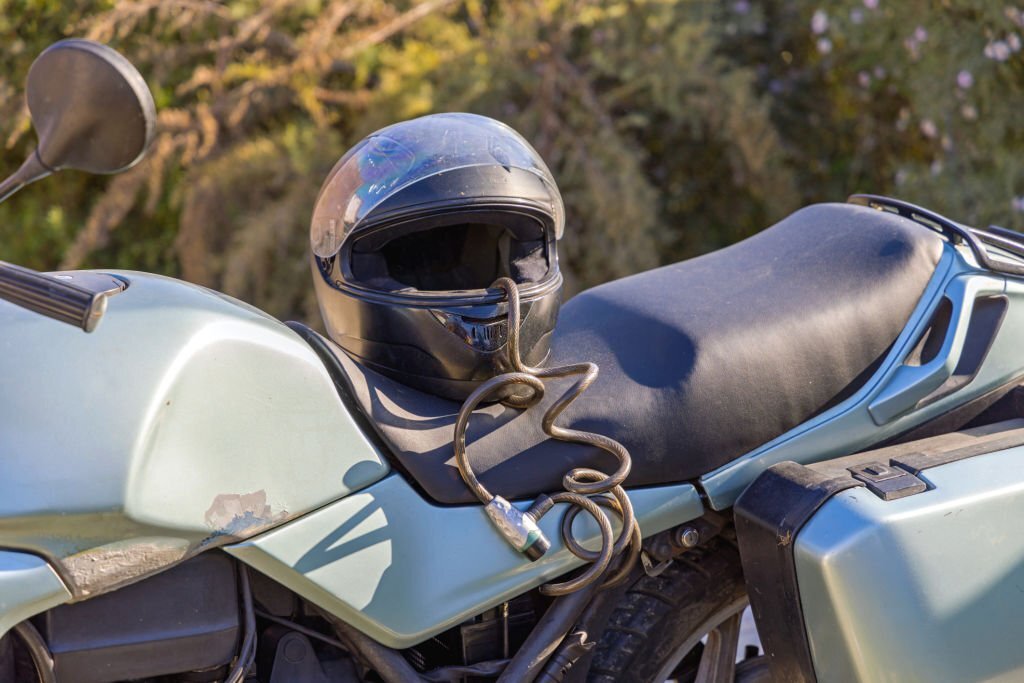Maintaining your adventure helmet is essential for ensuring its longevity and optimal performance. This guide provides comprehensive tips on how to care for your helmet, covering cleaning techniques, storage advice, and ways to keep it smelling fresh. Whether you own a lightweight adventure helmet or a top-rated dual sport helmet, these tips will help you maintain its quality and safety features.
Summary
Proper care and maintenance of your adventure helmet are crucial for its durability and effectiveness. This article covers essential tips and methods for cleaning, maintaining, and storing your helmet to ensure it remains in top condition. From routine cleaning to advanced care techniques, you'll learn everything you need to keep your helmet in great shape.
What Are Some Tips to Care for a Helmet?
Caring for your helmet involves regular cleaning and proper storage to maintain its integrity and functionality. Here are some fundamental tips:
- Clean Regularly: Remove dirt and grime to prevent damage.
- Store Properly: Keep your helmet in a cool, dry place away from direct sunlight.
- Inspect for Damage: Regularly check for cracks, loose padding, or other signs of wear.
Explore our adventure helmets collection for durable and high-quality options that are easier to maintain.
How Do You Care and Maintain a Safety Helmet?
Maintaining a safety helmet involves several steps to ensure it provides maximum protection:
- Regular Cleaning: Use mild soap and water to clean the exterior.
- Interior Care: Remove and wash the interior padding as per the manufacturer’s instructions.
- Avoid Chemicals: Do not use harsh chemicals or solvents as they can degrade the helmet materials.
- Check Fastenings: Ensure that straps and buckles are secure and functioning correctly.
For helmets with easily removable interiors, check out our flip-face helmets collection.
How Do You Maintain a Bike Helmet?
Bike helmets, especially those used for adventure riding, need regular maintenance to stay in peak condition:
- Clean the Shell: Wipe down the helmet shell with a damp cloth.
- Ventilation: Ensure the vents are clear of debris to maintain airflow.
- Padding: Clean or replace the interior padding to maintain comfort and hygiene.
For high-quality bike helmets, explore our Bell helmets collection.
How Can I Make My Helmet Last Longer?
To extend the lifespan of your helmet:
- Handle with Care: Avoid dropping or throwing your helmet.
- Use a Helmet Bag: Store your helmet in a padded bag when not in use.
- Limit Sun Exposure: Prolonged exposure to sunlight can weaken the helmet materials.
For helmets designed to last, check out our range of Arai helmets.
Should I Wax My Helmet?
Waxing your helmet can protect the finish and make cleaning easier, but it should be done cautiously:
- Use Helmet-Safe Wax: Only use products recommended by the helmet manufacturer.
- Apply Sparingly: A thin layer is sufficient to protect the surface.
For helmets with durable finishes, explore our Shoei helmets collection.
How Do I Keep My Bike Helmet from Smelling?
To keep your helmet fresh and free from odors:
- Clean Regularly: Wash the interior padding regularly.
- Use Deodorizers: Apply helmet-safe deodorizers to eliminate odors.
- Dry Thoroughly: Always let your helmet dry completely before storing.
For helmets with moisture-wicking liners, check out our Nolan helmets collection.
What Should I Wash My Helmet With?
When washing your helmet:
- Mild Soap and Water: Use a gentle soap mixed with water.
- Soft Cloth or Sponge: Avoid abrasive materials that can scratch the surface.
- Air Dry: Let the helmet air dry in a well-ventilated area.
How Do You Freshen a Helmet?
To freshen your helmet:
- Wash the Liner: Clean the removable liner with mild detergent.
- Use Helmet Sprays: Apply a freshening spray designed for helmets.
- Ventilate: Allow the helmet to air out after each use.
How Often Should You Wash Your Helmet?
Washing frequency depends on usage, but a general guideline is:
- Regular Use: Wash the interior padding every month.
- Infrequent Use: Clean the helmet at least once every few months.
How to Avoid Fungus in a Helmet?
Preventing fungus growth in your helmet involves:
- Keep It Dry: Always dry your helmet thoroughly after use.
- Store Properly: Store in a dry, cool place.
- Use Antifungal Sprays: Apply antifungal sprays if you live in a humid environment.
How Do You Deodorize a Riding Helmet?
To deodorize your helmet:
- Clean Regularly: Wash the interior padding to remove sweat and bacteria.
- Apply Deodorizers: Use sprays specifically designed to neutralize odors in helmets.
- Ventilate: Allow the helmet to air out regularly.
FAQ
What Are the Best Adventure Helmets for Long Rides?
The best adventure helmets for long rides offer a balance of comfort, ventilation, and protection. Explore our Bell helmets collection for top-rated options.
Are Lightweight Adventure Helmets as Protective as Regular Helmets?
Yes, lightweight adventure helmets, such as those from Arai, provide the same level of protection while being easier to wear for extended periods.
How Often Should I Replace My Adventure Helmet?
It's recommended to replace your helmet every 5 years or after any significant impact.
What Is the Difference Between Dual Sport and Off-Road Adventure Helmets?
Dual sport helmets are designed for both on-road and off-road use, while off-road helmets are specifically for off-road riding. Dual sport helmets typically offer better ventilation and versatility.
Can I Use a Regular Helmet for Adventure Riding?
While you can use a regular helmet, adventure helmets are specifically designed for the unique demands of adventure riding, including better ventilation and durability.
How Can I Enhance the Ventilation of My Current Helmet?
You can enhance ventilation by ensuring all vents are open and unobstructed, wearing moisture-wicking gear, and considering aftermarket ventilation systems.
What Are the Benefits of Flip Face Helmets for Adventure Riding?
Flip face helmets offer the versatility of a full-face helmet with the convenience of an open face, making them ideal for various riding conditions.
Are There Any Helmets Specifically for Hot Climates?
Yes, some helmets are designed with enhanced ventilation for hot climates. Check out our Bell helmets collection for models suitable for warmer weather.
What Features Should I Look for in a Protective Helmet for Adventure Riding?
Look for features such as advanced ventilation, lightweight construction, durable materials, and compatibility with communication systems.
How Do I Clean and Maintain My Adventure Helmet?
Clean your helmet regularly with mild soap and water, avoid harsh chemicals, and store it in a cool, dry place. Regularly check and clean the vents and interior lining.
By following these guidelines and choosing the right gear, you can ensure a comfortable and safe adventure riding experience. For more information and to explore our range of helmets and accessories, visit Moto1.








